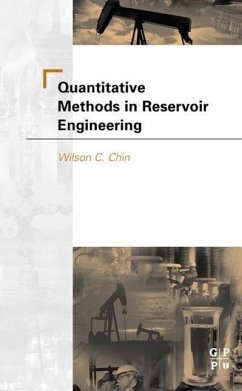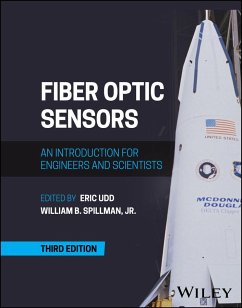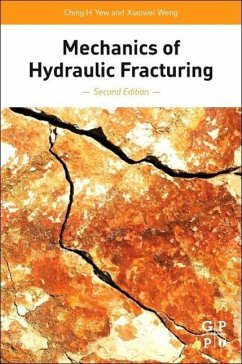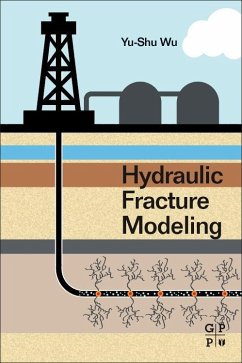Nicht lieferbar
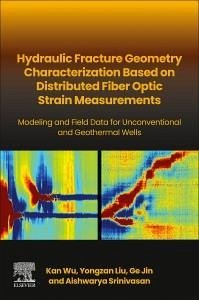
Hydraulic fracture geometry characterization based on distributed fiber optic strain measurements
Modeling and Field Data for Unconventional and Geothermal Wells
Versandkostenfrei!
Nicht lieferbar
Distributed fiber optic strain measurements, revolutionizing subsurface monitoring and hydraulic fracture characterization, offers a resource for geophysicists, reservoir engineers, and completion engineers. This cutting-edge technology leads the way in innovation with its ability to detect rock deformation and changes in strain along optical fibers, providing exceptional spatial resolution and measurement sensitivity. Its applications are broad and impactful, ranging from monitoring subsurface carbon storage and enhancing geothermal systems to advancing unconventional reservoir development. D...
Distributed fiber optic strain measurements, revolutionizing subsurface monitoring and hydraulic fracture characterization, offers a resource for geophysicists, reservoir engineers, and completion engineers. This cutting-edge technology leads the way in innovation with its ability to detect rock deformation and changes in strain along optical fibers, providing exceptional spatial resolution and measurement sensitivity. Its applications are broad and impactful, ranging from monitoring subsurface carbon storage and enhancing geothermal systems to advancing unconventional reservoir development. Despite the technology's advancements, accurately interpreting data of strain measurement from the hydraulic fracturing process poses a significant challenge due to the complex conditions in the subsurface. This book presents a comprehensive approach for analyzing strain responses from both horizontal and vertical monitoring wells to quantify hydraulic fracture propagation and the evolution of fracture geometry. The development of a forward geomechanics model significantly enhance the understanding of the field data. The introduction of a groundbreaking inversion model allows for in-depth data analysis and maximizes the dataset's value. Moreover, this book applies its findings through two field studies in unconventional reservoirs, illustrating the practical application of the technology. These case studies highlight effective field data interpretation and the critical insights that can be obtained. This book aims to elucidate data interpretation and analysis of complex subsurface measurements related to hydraulic fracture propagation, providing engineers with a novel perspective on subsurface exploration.








